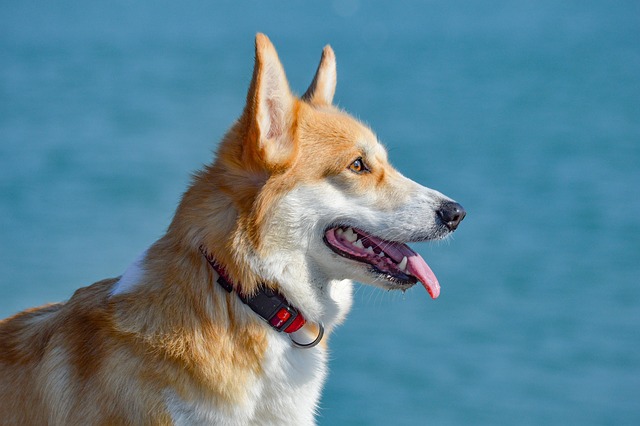
How do i train my dog to be obedient?
Watching your dog dart across the park ignoring your calls isn’t just frustrating—it can put them at risk near busy streets or public spaces.
You finally thought you had it down. Your pup was reliably going outside, those accident-free days stacking up, and then it happens: a puddle on your apartment’s hardwood floor. Before you feel frustrated or think your training failed, know this: potty training regression is a completely normal part of dog ownership in the U.S., especially for young dogs or those adjusting to a new home. It’s a temporary hiccup, not a permanent setback, and understanding why it happens is the first step to getting back on track.
From a behavioral science perspective, regression isn’t defiance; it’s communication. Major life changes—like a move to a new Chicago apartment, the arrival of a new baby, or even a change in your work schedule—can trigger anxiety that manifests in accidents. Even a seemingly minor event, like a loud thunderstorm during a potty break, can create a negative association with going outside. Renowned animal behaviorists like Dr. Patricia McConnell explain that dogs thrive on predictability. When their routine is disrupted, previously learned behaviors can temporarily unravel. It’s a stress response, not a conscious choice to misbehave.
So, what’s the game plan? First, go back to basics. Treat this like a brand-new training week. Re-establish a strict schedule: first thing in the morning, after every meal, after playtime, and right before bed. Use a crate or a designated puppy-proofed area when you can’t actively supervise them. When your dog does succeed outside, celebrate with a high-value treat and enthusiastic praise—this is positive reinforcement in action, reinforcing the desired behavior. If you catch them in the act indoors, a simple, calm interruption like a clap followed by immediately rushing them outside is far more effective than any punishment. For apartment dwellers, this might mean more frequent trips down the elevator, so factor that into your day.

Navigating this phase also means being a responsible community member. Always carry waste bags and immediately clean up after your dog in public areas—it’s not just good etiquette; it’s the law in most American cities and part of being a good neighbor. Remember, compliance with local ordinances, like keeping your dog’s rabies vaccination up to date, is non-negotiable for public safety. Crucially, American animal welfare culture strongly emphasizes force-free training. Yelling, rubbing a dog’s nose in an accident, or any physical discipline is not only ineffective but can severely damage your bond and worsen anxiety-related behaviors. By patiently guiding your dog with kindness and consistency, you’re not just solving a potty problem; you’re building a trusting relationship that aligns with the best practices of modern dog ownership.

Watching your dog dart across the park ignoring your calls isn’t just frustrating—it can put them at risk near busy streets or public spaces.

New puppy owners often find themselves rushing to clean up accidents before they set in, and that’s where puppy pad training becomes a game-changer.

If you've noticed your dog's waistline disappearing and your veterinarian has mentioned those few extra pounds, your first instinct might be to simply reduce the amount of food in their bowl.

Training a dog to use a designated spot indoors isn’t as daunting as many new owners fear, but it does take consistency and an understanding of your pet’s needs.

That moment of dread on a walk is all too familiar for many new dog owners. You see another dog approaching down the sidewalk of your neighborhood

If the sight of another dog on your neighborhood walk makes your heart sink as your own dog erupts into a frenzy of barking and lunging, you're not alone.